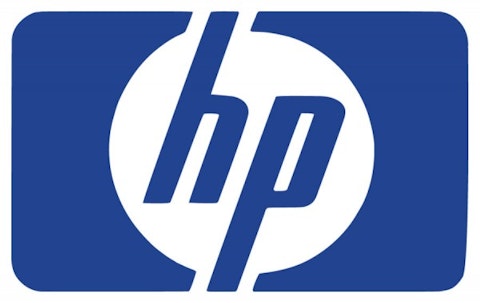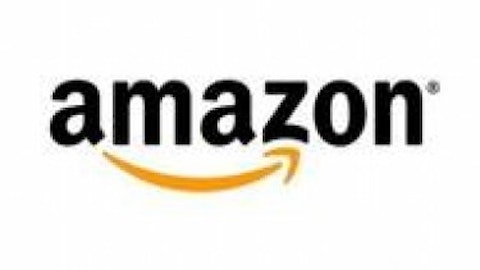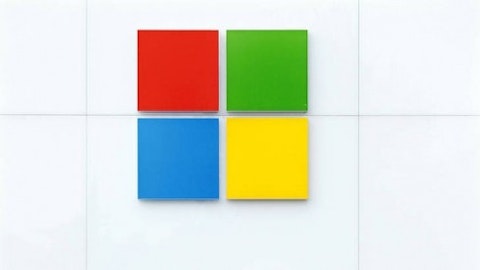The last year has been really bad for the PC industry. A number of companies have lost their fortunes due to the slowdown in PC sales and the rise of handheld devices. One of the most affected companies has been . The company has suffered from not only a decline in PC sales due to growth of smartphones and tablets, but also from falling printer sales due to the same two adversaries. Meanwhile has suffered from the falling sales of its LCD segment, but has successfully diversified into specialty materials. I am bullish on both Hewlett-Packard Company (NYSE:HPQ) and Corning Incorporated (NYSE:GLW), but institutional investors think otherwise.

This makes insider trades an interesting method of guessing long term strategy and short term catalysts for any company. There is of course the risk that insiders could be buying the stock only to increase investor confidence or selling simply due to portfolio requirements, and not due to company-specific information. Contrary to my perspective, these two stocks have been actively traded by institutional investors in the last 6 months.
HP is the world’s leading manufacturer of printers and PCs. The company has been facing tough times, primarily due to reduced demand in both its PC and printer segments. The main culprit in this regard has been the rise in handheld devices, such as smartphones and tablets. This rise has affected HP by shifting computing from PC to handheld, and at the same time reducing the utility of printed paper. You can read my detailed analysis of HPhere.
The falling demand in its major segments has not been the only problem for HP. The company was correctly trying to look for new avenues of growth by making strategic acquisitions. However, the execution has been below average and the stock has paid the price. The story of the Autonomy fiasco is still half told, and it remains to be seen how this mess concludes.
In the last six months institutional investors have sold more than 88 million shares of HP, reducing institutional ownership by 6.29%. While this is bad news for investors, the stock is still trading at a P/E of 4.35x, which is way below the industry P/E of 18x. The company also offers an amazing dividend yield of 4.5%, which is approximately 80% above the industry average.
Corning is one the world’s largest manufacturers of specialty materials. It is involved in the manufacture and sale of specialty glass and ceramics products. The Display Technologies segment is Corning’s largest segment and contributes approximately 35% to revenues. The company has been focusing on diversifying its revenues through new products such as Gorilla Glass and Gorilla Glass 2.
Corning has been more than successful with its Gorilla Glass products. It sells this product to high-end smartphone manufacturers, and this industry has shown mammoth growth in the last couple of years. The shift of computing to touch-based devices should increase the demand of tough glass products such as Gorilla. The release of Microsoft Corporation (NASDAQ:MSFT)’sWindows 8 should also fuel Gorilla demand, because this is the first touch version of the world’s biggest OS.
The last quarter results of Microsoft indicate that the new Windows 8 and WP8 are gaining some traction. A lot depends on the sale of Nokia’s Lumia series and Ultra-books with Windows 8. I believe the prospects of Surface, Ultra-books, WP8, etc. are bright, and they will positively affect the valuations of Microsoft. The primary obstacle to the success of Windows 8 is the existing domination of Android and iOS in the handheld market. I believe Microsoft remains a strong buy due to its cheap valuations and above-average dividend yield of 3.3%.
You can read my detailed take on the effect of these catalysts on Corninghere and Microsoft’s earnings report here.
In the last six months institutional investors have sold approximately 109 million shares, which has reduced institutional ownership by 10.9%. The stock is currently trading at a forward P/e of 9.4x and offers an attractive 2.9% dividend yield. The sell side is pricing the stock at $14.50; that is a 16% upside at current levels.
The article Is it Really Time to Sell These Stocks? originally appeared on Fool.com and is written by Mohsin Saeed.
Copyright © 1995 – 2013 The Motley Fool, LLC. All rights reserved. The Motley Fool has a disclosure policy.




